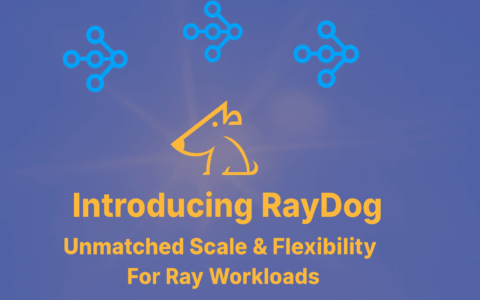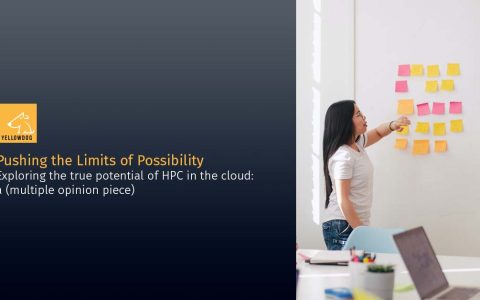Blog
January 14, 2022
Pushing the Limits of Possibility – A Multiple Opinion Piece
October 14, 2021
An Introduction to Meta Scheduling
September 3, 2021
A Summary of the Flexera™ 2021 State of the Cloud Report
June 21, 2021
The Significance of Accelerating Drug Discovery
May 14, 2021





